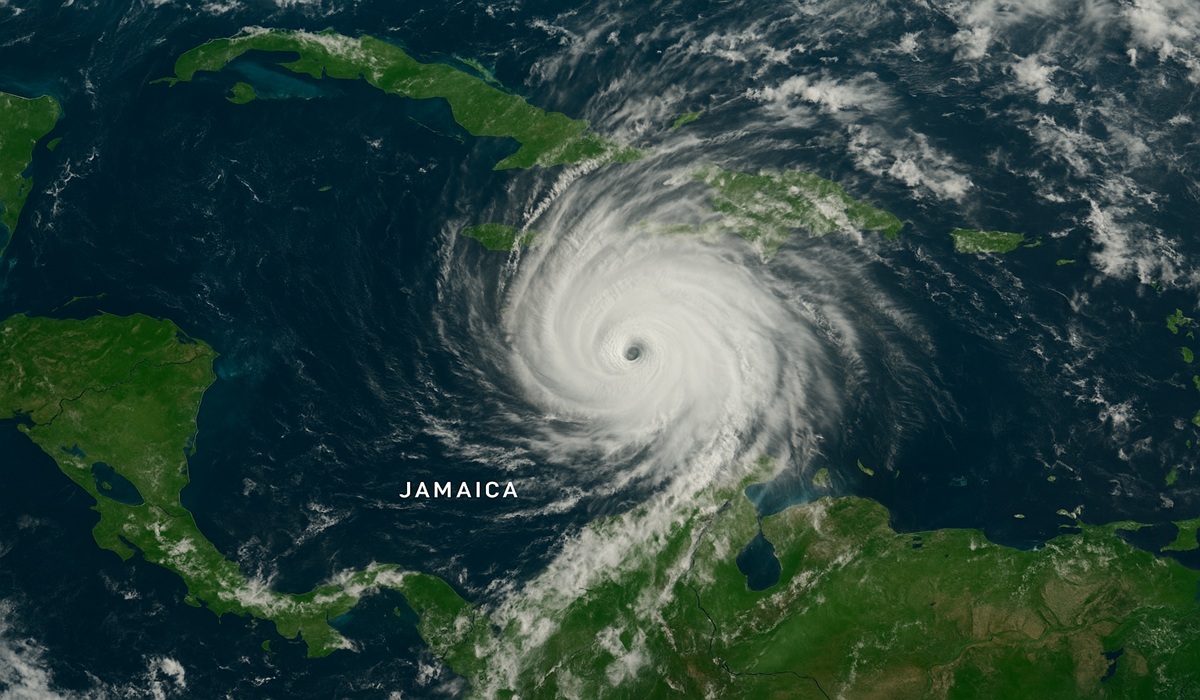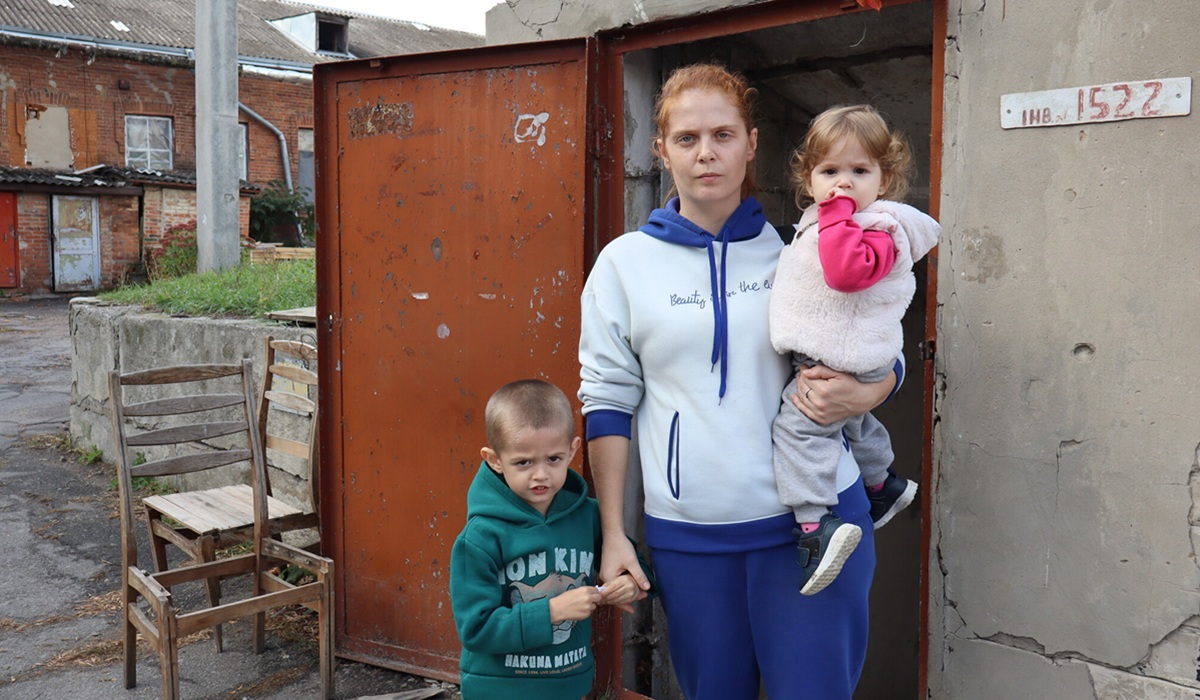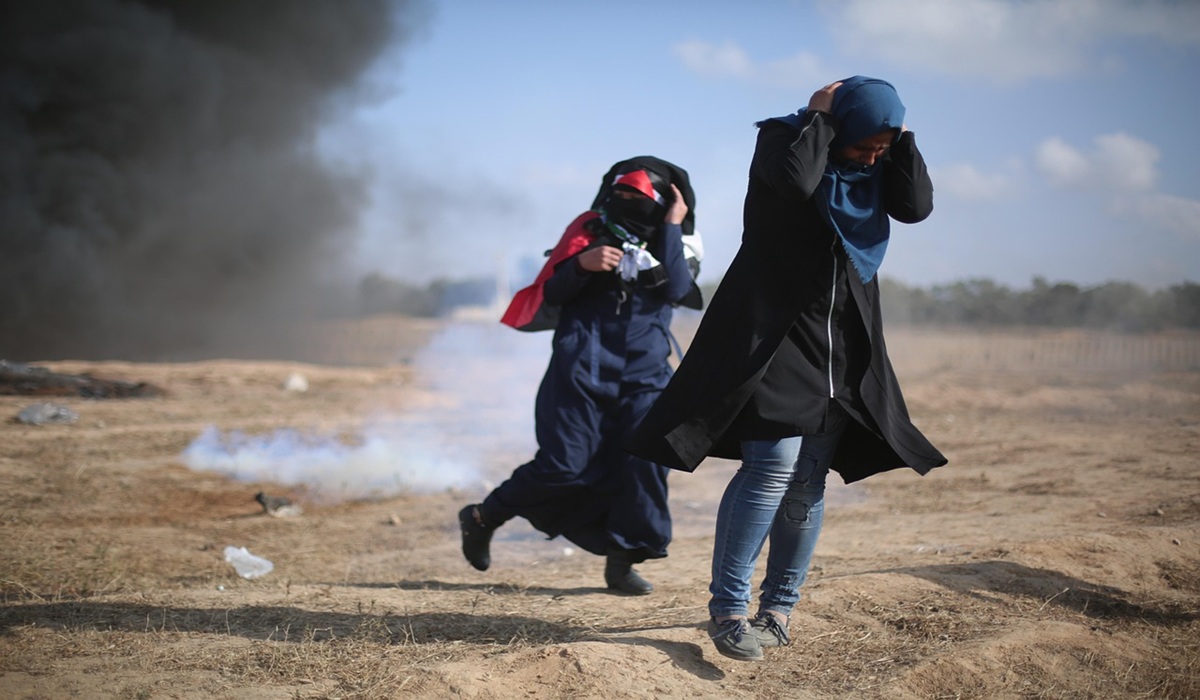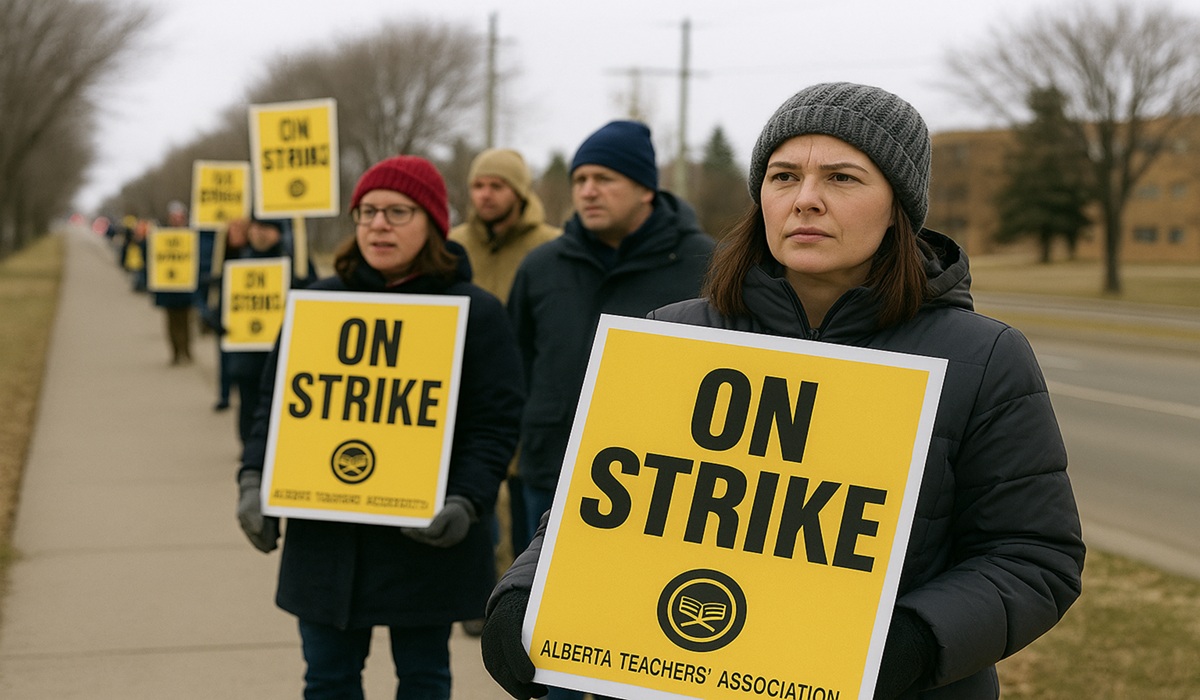Colombian Schools Remain in the Line of Fire Amid Escalating Violence
- Ingrid Jones
- Breaking News
- September 8, 2025
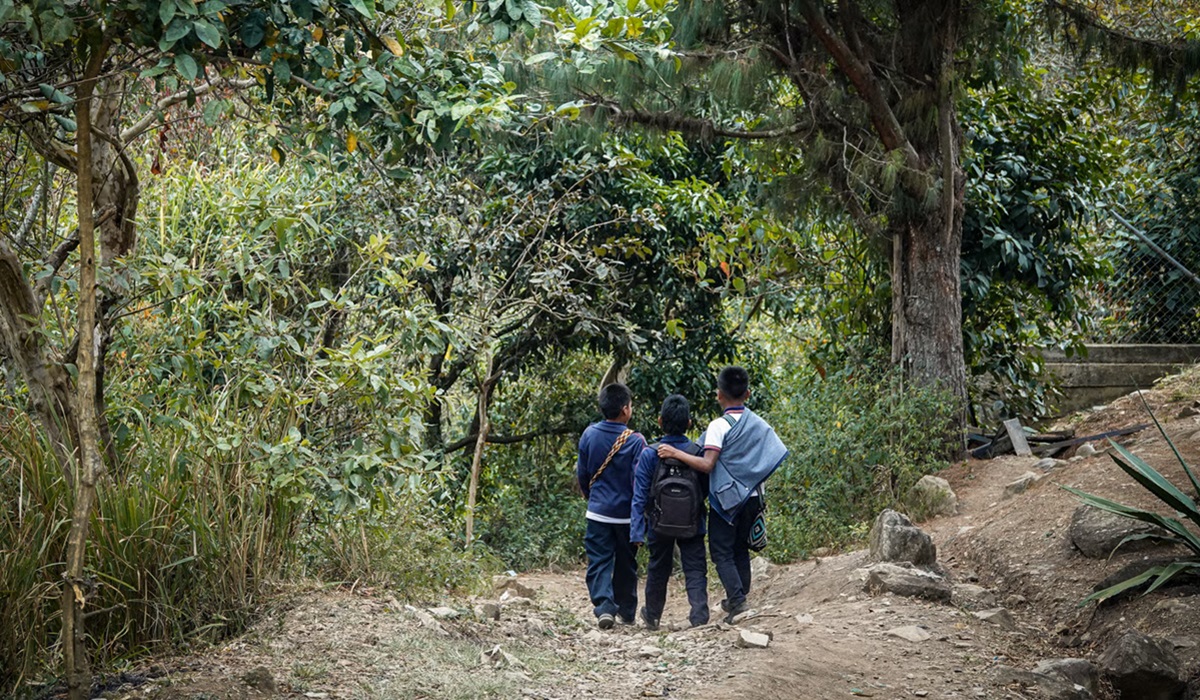
Image Credit, NRC
Three years after Colombia committed to the Safe Schools Declaration, the country’s students and teachers continue to face the threat of armed conflict in and around their classrooms. Data from the Norwegian Refugee Council (NRC) indicates that, on average, a school became embroiled in violence every 15 days during the first half of 2025.
“Schools are meant to be safe spaces for learning, not zones of conflict,” said Giovanni Rizzo, NRC’s country director in Colombia. “It is unacceptable that children must crawl on the floor to seek safety, or endure trauma that will hinder their education. International humanitarian law exists to prevent civilians from being caught in crossfire, and these rules must be respected.”
The Safe Schools Declaration, adopted by Colombia in December 2022, underscores the principle that students, teachers, and educational staff are civilians who should be shielded from armed violence. Despite this formal commitment, incidents of violence targeting schools have continued to rise, especially in rural areas.
In remote regions, students often face dangerous journeys to reach classrooms, confronting threats such as armed clashes, explosive devices, and risks of forced recruitment. Rizzo emphasized the urgency of protecting education, noting that the International Day to Protect Education from Attack serves as a stark reminder that schools should never be battlegrounds.
A recent example occurred in northeastern Colombia, where a local school came under fire during a parade marking its 105th anniversary. Dozens of students and teachers were forced to seek shelter as gunfire erupted nearby, highlighting the ongoing peril to children in the country. This incident was among more than 50 documented attacks on education in the first six months of 2025 alone, according to NRC.
The school-related violence is part of a broader surge in conflict throughout Colombia. In the first half of the year, over 1.5 million people were affected by violence—more than quadruple the number recorded during the same period in 2024.
Rizzo called on both the Colombian government and the international community to act decisively to prevent the escalation of armed conflict. “All parties must take every feasible measure to protect civilians and civilian infrastructure,” he said. “Schools must remain free from military use and serve as environments where children can feel safe to learn.”
In addition to the armed clashes, NRC reports that schools have been subjected to direct attacks, explosive incidents, and military occupation. From January to June 2025, these incidents affected at least 9,459 students, teachers, and school personnel in six departments where NRC operates: Antioquia, Cauca, Chocó, Norte de Santander, Putumayo, and Valle del Cauca. This marks a continued upward trend from previous years, with 36 clashes recorded in 2024, 26 in 2023, and 16 in 2022.
The Safe Schools Declaration, first launched by Norway and Argentina in 2015, aims not only to prevent attacks on education but also to ensure the continuity of learning during armed conflict. Research shows that when children are unable to attend school, they are more vulnerable to exploitation, child labor, forced recruitment, and abuse. Schools provide critical protection in conflict-affected regions, making their security a pressing humanitarian concern.
The United Nations’ International Day to Protect Education from Attack draws attention to these threats, advocating for the enforcement of international humanitarian law and reminding armed actors of their responsibility to safeguard schools. Despite Colombia’s formal pledge, the ongoing incidents demonstrate that translating commitment into tangible protection remains a major challenge.
As violence continues to intensify, the need to shield classrooms from armed conflict has never been more urgent. For children in Colombia, the classroom should be a place of learning, not survival.



